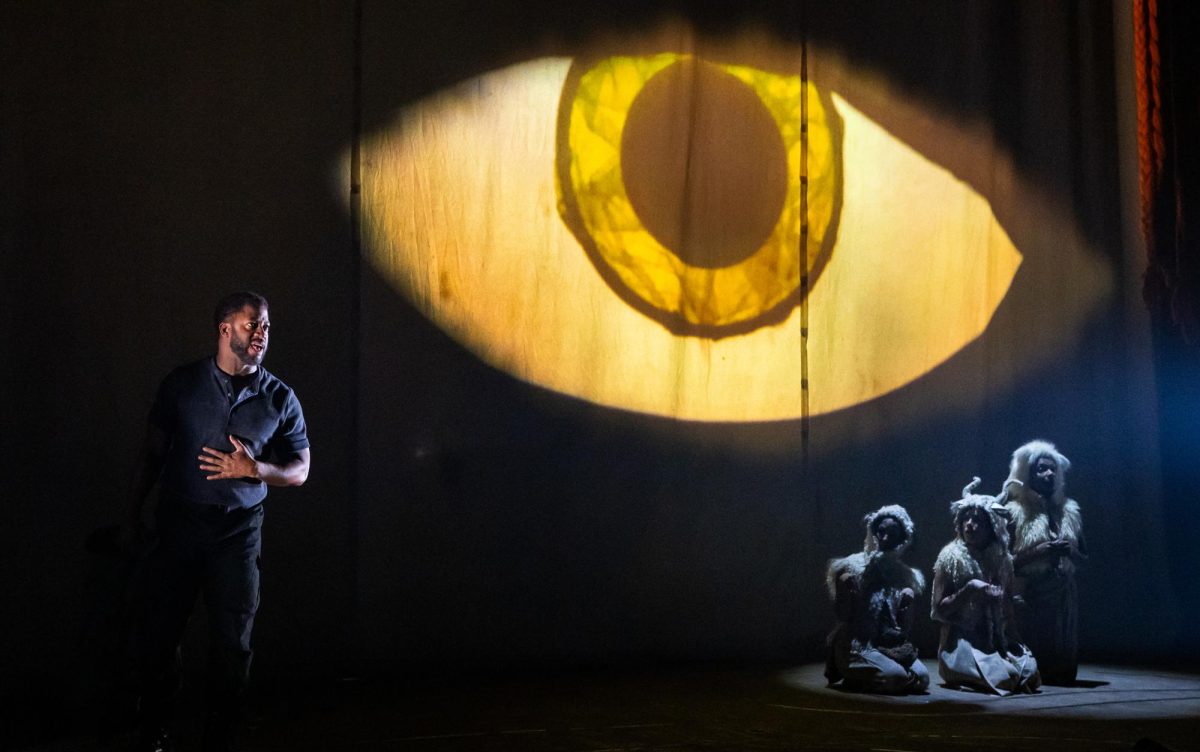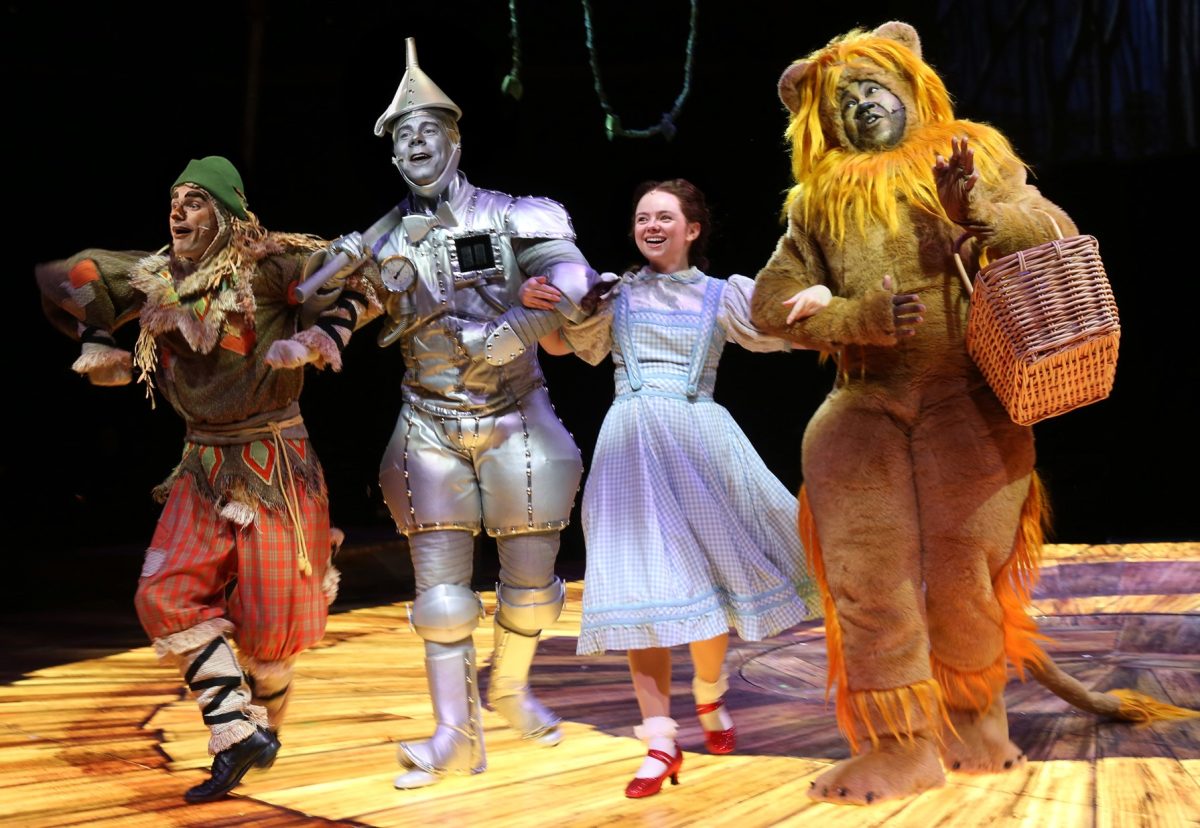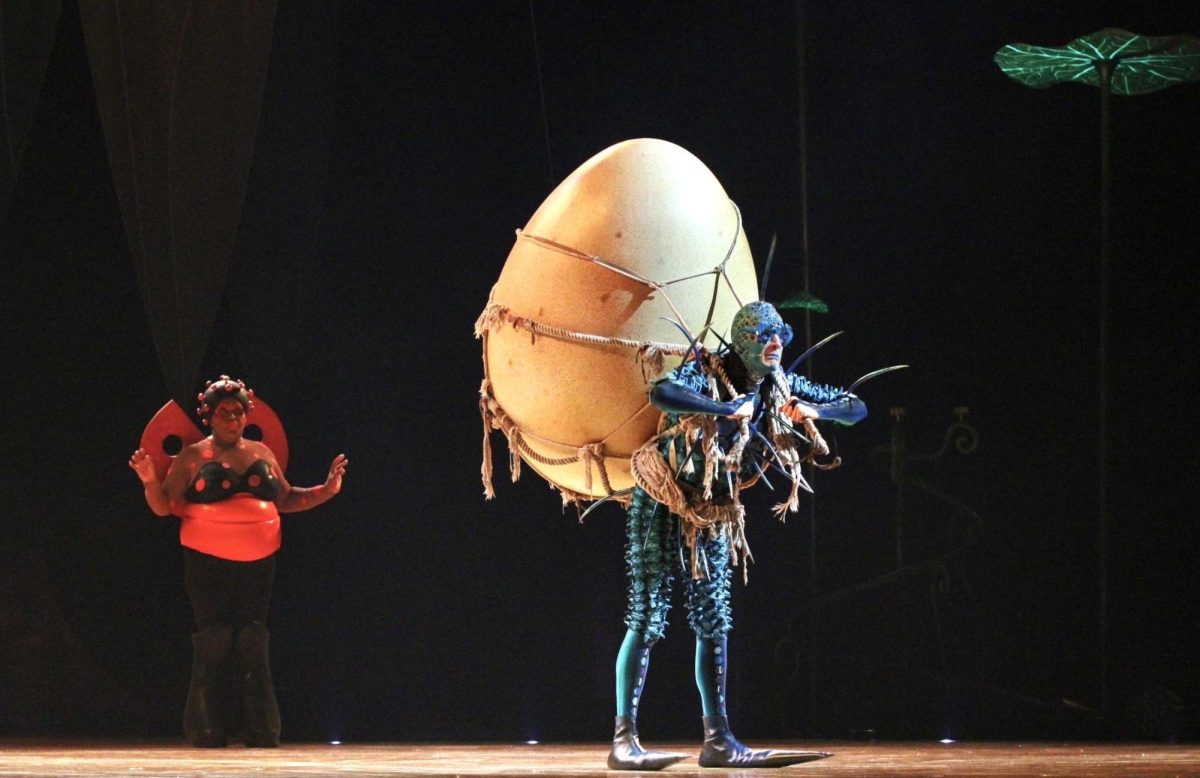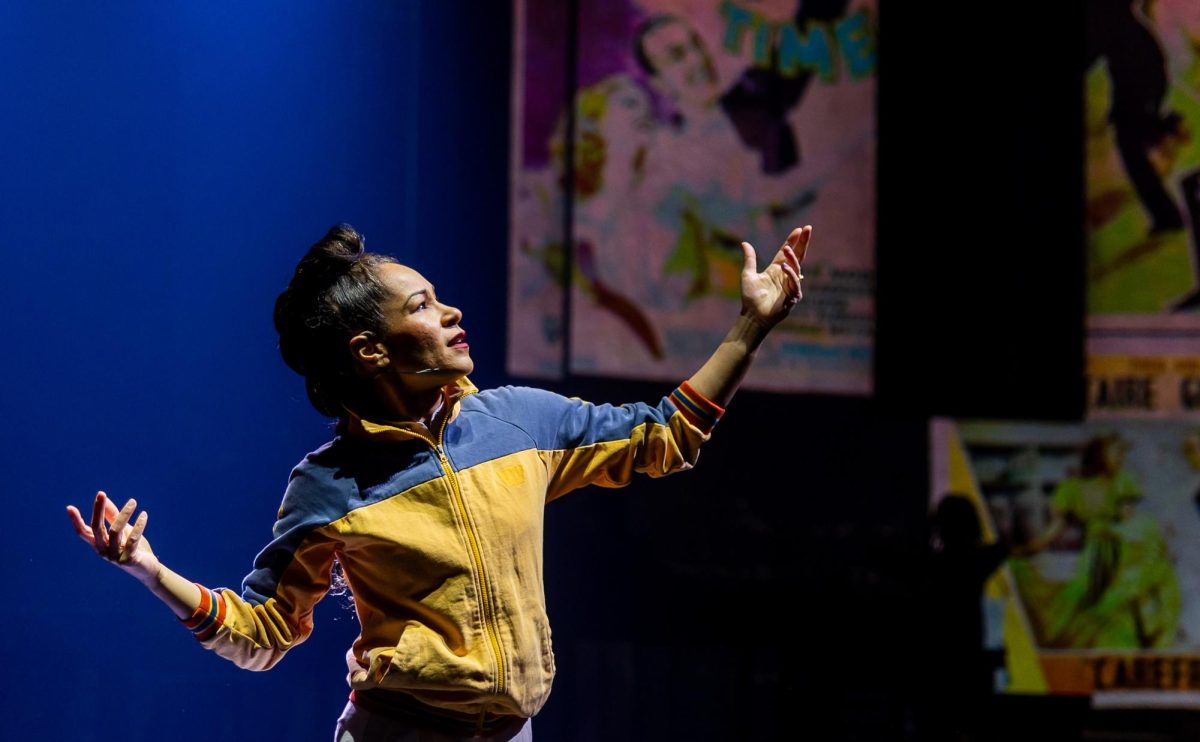“I am Odysseus.”
“The Odyssey” is one of the oldest, most well-known, and influential works in Western Literature, and almost anyone could decipher what story those three words come from.
Kate Hamill’s take on this famous account of the 10-year journey of Odysseus has taken to the stage at the American Repertory Theater in Cambridge, running from Feb. 9 to March 16, 2025.
During the span of the three-hour play, Odysseus is tried over and over again on his journey home to his throne, wife, and son in Ithaca after the Trojan War. The original written epic is divided into 24 books, and Hamill brings these chapters to life, from the cave of Polyphemus to the Underworld to his ultimate return home in Greece.
Book 9: Odysseus encounters the Cyclops, Lotus-Eaters, and Ciconians
Shortly after Odysseus and his crew decide to set off on their journey home, they find themselves in the cave of Polyphemus the Cyclops. This marks one of the most pivotal scenes in “The Odyssey,” setting up the rest of the adventure and the cleverness of Odysseus during each trial.
The fight sequence brilliantly plays with the use of shadows, creating an eerie atmosphere that the audience becomes immersed in, filling the air with suspense. The entire scene unfolds through the shadows on the backdrop, with Polyphemus towering over Odysseus and his men, creating a captivating and unforgettable moment.
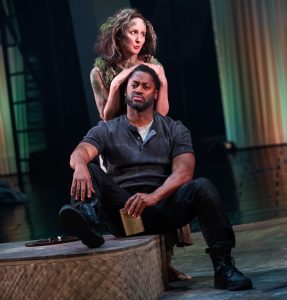
Book 10 (and 10.1, 10.2, 10.3…): Odysseus visits Circe and encounters the Lestrygonians and Aeolus
The crew arrives on Circe’s island right before the first of two intermissions and they remain there for most of the rest of the play, leaving shortly after the second intermission. (Hamill, the playwright, also stands out in the role of Circe.) During their time on the island, various elements of the play are developed, revealing what to expect as the rest of the story unfolds.
There is dirty language, multiple sexual innuendos, and a few sexually explicit scenes. While the American Repertory Theater website rates this play 14+, about halfway through the production it becomes apparent that this play is geared toward adults, and is better recommended for ages 16 and up.
After some time spent on the island a crucial question arises: How will there be time for the rest of the plot points to unfold? This is answered at the end of the play, leading to the conclusion that there simply was not; the events following end up feeling rushed due to the major time consumption.
Before the crew finally makes its departure, Circe informs his crew that they had been on the island for “years and years and years,” and it definitely felt like it.
Book 11: Odysseus visits the Land of the Dead
Wayne T. Carr, the actor playing Odysseus, put on a moving performance while visiting Hades, channeling his emotion into the character, really portraying his turmoil as he begins to deal with the loss of all his men in the war.
The acting felt a bit choppy, awkward, and emotionless at times, but Carr was at the center of the performance, embodying Odysseus and was able to let the character flow out of him through his words and actions, becoming the driving force of the play.
Book 12: Odysseus encounters Scylla and Charybdis and the Sirens
The set design, costumes, and choreography were put together exceptionally well for this production, conveying the mythological essence of “The Odyssey.” These components were all evident during the brief but powerful episode where the sirens lure Odysseus’s crew through their enchanting song and ultimately bring about the crew’s demise.
This part of the story is told through the medium of song lyrics, as the sirens sing of the crew members’ deepest desires to lure them in. The choreography of them wrapping up the sailors before turning on them creates a beautiful narrative.
One of the standout features of this production is the cohesive feel between two storylines. Because there are only 11 actors to fill every role in the play, they constantly switched between roles so fluidly it was almost unnoticeable. At one part, the sacred cows of Helios are walking around, but in just a few seconds they have put on a fur coat and are the men standing before Penelope’s throne bartering for her hand in marriage. These distinctive transitions effectively tie the production together and give it a fresh and unique element.
Book 13: Odysseus returns to Ithaca
Overall, Kate Hamill’s version of “The Odyssey” is a bold, unrestrained, and experimental take on the ancient epic. While the ending felt a bit rushed, and the play definitely had its pros and cons, the raunchy humor and stylistic choices became unforgettable.
Whether you love it or not, you will walk away knowing you have witnessed something unlike anything else based on the work.
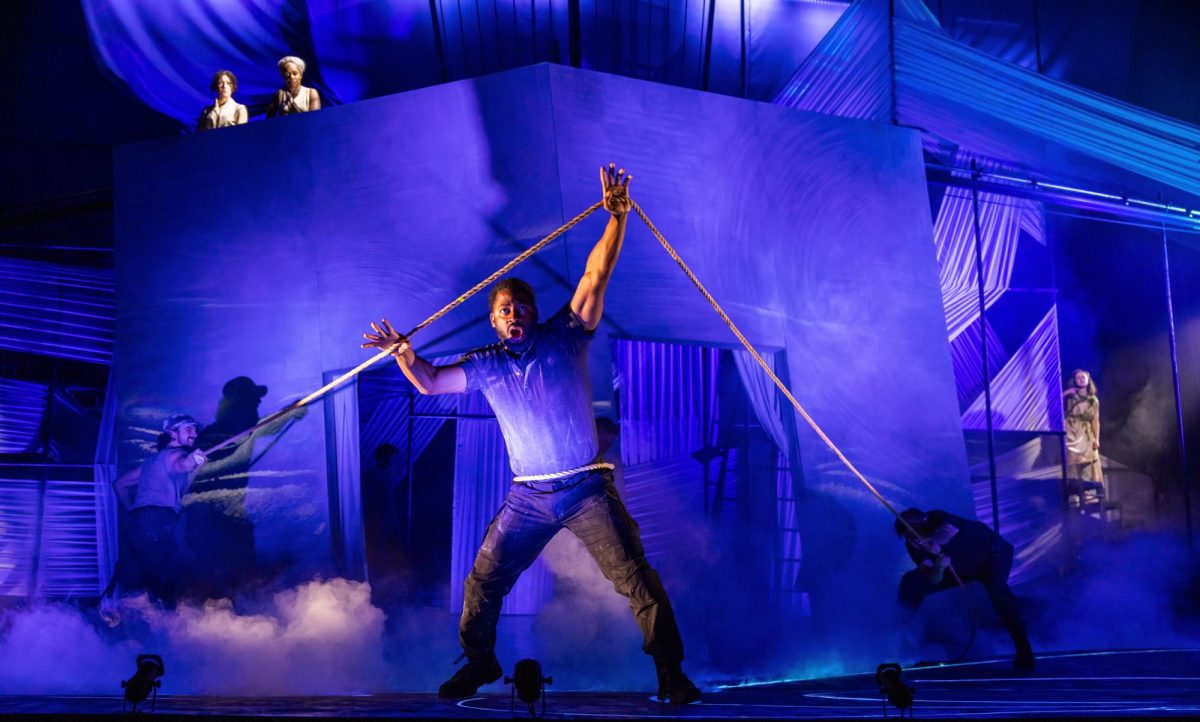
–March 11, 2025–

